
Car Insurance Rates Were Set to Fall—Then Tariffs Changed the Game

For many drivers, there was reason to hope for some relief on car insurance costs this year. After a strong performance by major insurers in 2024, it looked like premiums might finally start to ease. But a new factor has slowed that momentum—tariffs.
While insurers had been gearing up to lower rates following an unusually profitable year, that strategy has taken a hit. The uncertainty caused by potential new tariffs on cars and auto parts has put those reductions on pause. And for now, it seems car insurance rates aren’t dropping anytime soon.
How 2024 Set the Stage for Lower Premiums
Last year brought a significant turnaround for auto insurers. After a rough period following the pandemic—when inflation and soaring repair costs led to widespread losses—insurance companies raised premiums sharply. That move paid off. In 2024, the industry’s net combined ratio, which compares claims to premiums, reached its strongest point in more than ten years, according to S&P Global Market Intelligence.
That profitability triggered expectations of a more competitive market, where insurers might reduce rates to win new customers. And for a short time, that was beginning to happen. In March, there were 482 requests filed across various states by insurers looking to decrease personal auto insurance rates.
Tariffs Shift the Outlook

Freepik | April marked a rapid decrease in requests from insurers to reduce car insurance rates.
Things changed quickly in April. According to Swiss Re Institute, insurers submitted just 95 requests to lower car insurance rates that month. And the number of requests to raise rates still outpaced those seeking reductions.
Economists at the Swiss Re Institute noted that “since the announcement of new tariffs, insurers have mostly held off on requests for meaningful rate cuts.”
The concern stems from uncertainty over where tariffs will land and how wide their impact might be. The American Property Casualty Insurance Association projected that under the proposed reciprocal tariffs from the Trump administration—along with duties targeting imports from China, Mexico, Canada, and certain vehicle components—personal auto insurance claims could rise by anywhere between $31 billion to $61 billion in just a year.
This potential spike in claims expenses puts insurers in a difficult position. Most auto insurance policies are locked in for six to twelve months, and in many states, companies must get approval in advance for any pricing changes. That means if claims spike mid-policy, insurers could be left absorbing the extra cost.
Why State Regulators Matter
State regulators don’t just evaluate rate hikes; they also take a close look at proposed rate reductions. If companies lower rates too quickly just to attract new business and then run into losses, the market could become unstable. This makes regulators cautious, too.
Tim Zawacki of S&P Global Market Intelligence explained the hesitation: “There’s a lot of caution now. Even if companies consider reducing rates, they’re being very conservative about how much they’re willing to cut, if at all.”
Insurers Respond with Caution
Progressive, one of the largest car insurance providers, reported an 86% combined ratio for the first quarter of 2025, down slightly from last year. Their number of active personal lines policies also jumped 18% year-over-year. Despite strong growth, the company warned that tariffs could push claims costs higher than expected.
In a regulatory filing, Progressive stated, “While the goal has been to maintain steady rates for customers, the addition of tariffs and retaliatory actions could raise loss costs, leading to unplanned rate increases throughout 2025 and possibly into 2026.”
Allstate’s CEO, Thomas Wilson, echoed similar concerns. “We’ll adjust as needed. During the pandemic, inflation forced us to raise prices, and we’ll do it again if tariffs squeeze our margins. We’re not in a business with huge profit buffers like tech—we can’t afford to wait and see.”
The Road Ahead for Drivers and Insurers

Freepik | Frolopiaton Palm| Tariff uncertainty is causing car insurers to hesitate on pricing despite good earnings.
The car insurance market is clearly in a holding pattern. Tariffs have added a level of unpredictability that’s hard to ignore, and even with strong earnings, insurers are thinking twice before making any bold pricing moves.
For drivers, this means car insurance rates might not see the drop many had been hoping for. Instead, they could stay steady or even creep up again depending on how the tariff situation develops.
While the numbers from early 2025 suggested a comeback for insurers, external economic pressures like tariffs are proving that the industry’s pricing isn’t just based on past performance—it’s heavily influenced by what’s coming next.
Why This Matters for Policyholders
Car insurance isn’t just about premiums—it’s about how risk is assessed and priced. And right now, the risk of higher repair and replacement costs due to tariffs is front and center.
Whether shopping for a new policy or reviewing renewals, consumers should pay close attention to how insurers respond in the coming months. Rate changes may not be happening as quickly as expected, but behind the scenes, insurers are closely monitoring every economic signal, ready to shift gears if necessary.
More inCar Insurance
-
`
U.S. Reduces Tariffs on Japanese Cars to 15% Under Trump’s Deal
In a move reshaping U.S.-Japan trade relations, former President Donald Trump confirmed a new agreement that slashes tariffs on Japanese car...
August 9, 2025 -
`
Adults in Ohio Face Stricter Rules to Obtain Driver’s License
Ohio has passed a new law that will change the way adults under 21 get their driver’s licenses. Signed into law...
July 31, 2025 -
`
Gen Z Craves Career Guidance, But Their Parents Are Struggling Too
Gen Z is stepping into the future with curiosity and ambition—but they’re not doing it alone. A growing number of teens...
July 25, 2025 -
`
Do Car Insurance Companies Offer Pay-As-You-Go Plans?
Car insurance premiums often feel unfair to people who rarely drive. Yet, most traditional auto policies still charge a fixed monthly...
July 17, 2025 -
`
Why the Koenigsegg Sadair Spear Is the Ultimate Hypercar Beast
Koenigsegg has revealed a new beast—the Sadair’s Spear. Tuning its focus on raw performance and brutal speed, this hypercar marks the...
July 11, 2025 -
`
Which States Have the Safest—and Riskiest—Drivers in America?
Driving safety isn’t just about skill. It’s also about location. A recent nationwide report shines a spotlight on where drivers are...
July 4, 2025 -
`
How to Save on Tesla Car Insurance Without Compromising Coverage
Owning a Tesla often brings savings on fuel and a futuristic driving experience, but the conversation changes quickly when it comes...
June 26, 2025 -
`
10 Weird Cars That Turned Heads and Won Hearts
Some cars turn heads with speed, others with luxury—but a rare few grab your attention simply by being delightfully strange. From...
June 20, 2025 -
`
Next-Gen Jeep Cherokee Expected to Arrive by Late 2025
After a break of two years, Jeep is prepared to relaunch the Cherokee brand. The automaker confirmed the return with fresh...
June 12, 2025

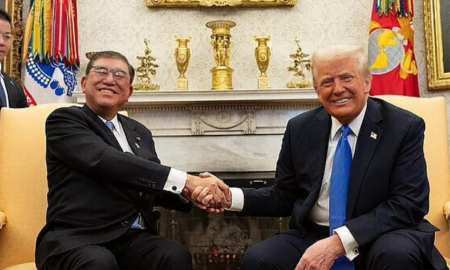


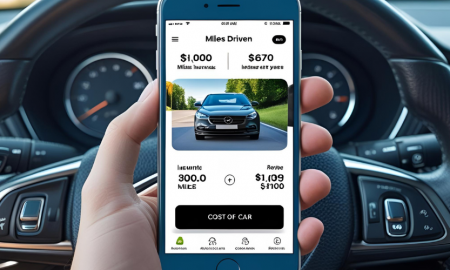

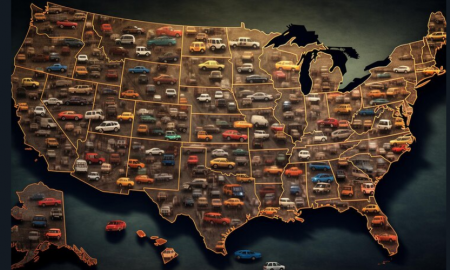
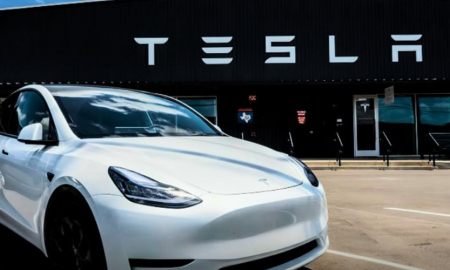





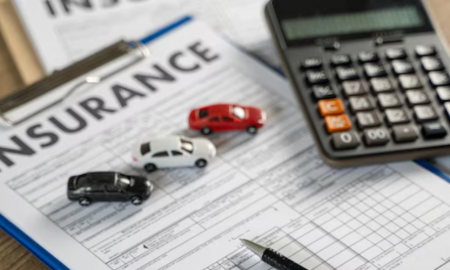

You must be logged in to post a comment Login